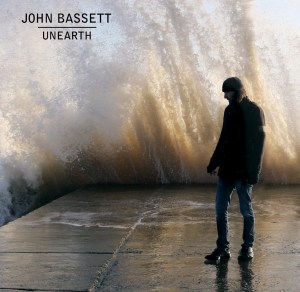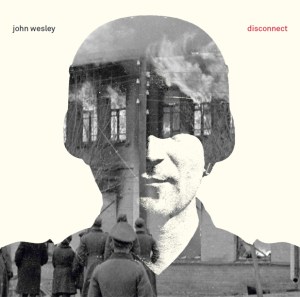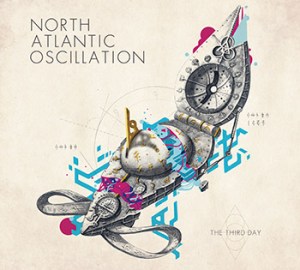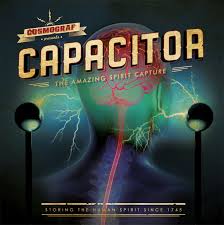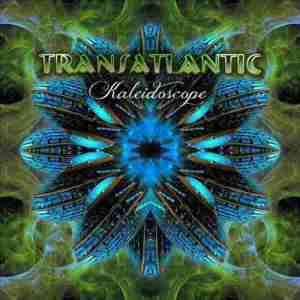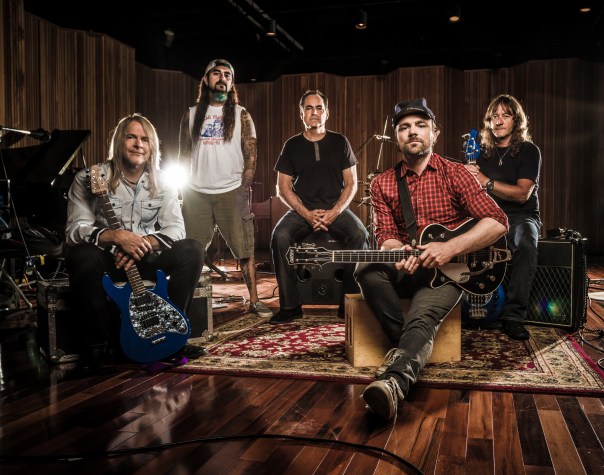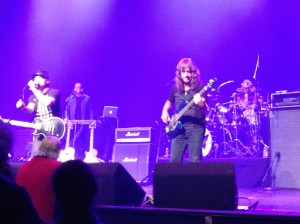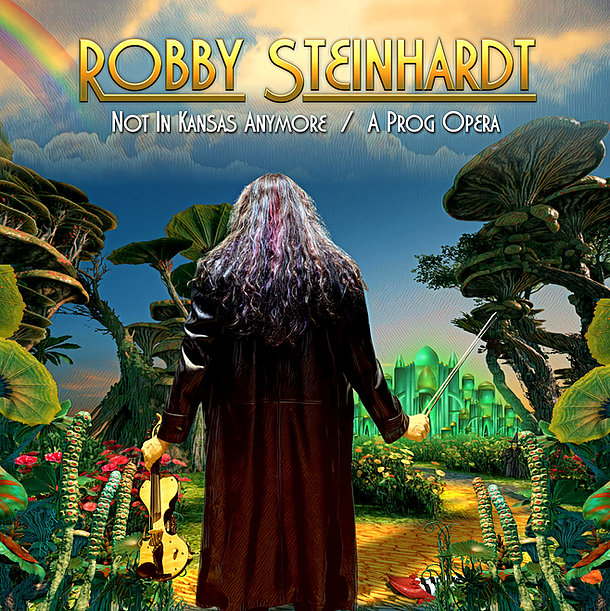 Robby Steinhardt, Not In Kansas Anymore, 2021
Robby Steinhardt, Not In Kansas Anymore, 2021
Tracks: Tempest (1:41), Truth 2 Power (Only Truth Can Change The World) (3:48), Mother Earth (Is Calling You) (4:42), Rise Of The Phoenix (5:22), The Phoenix (4:06), Prelude (1:54), Dust In The Wind (5:43), Pizzacato (A Slice For Baby Boy Flynn) (2:37), Tuck Tuck (6:10), Not In Kansas Anymore (4:40), A Prayer For Peace (Bonus Track) (3:15)
It was only a few months ago that we mourned the loss of Robby Steinhardt, but out of that sadness we found out that his very first solo album was just about finished. The album release was delayed because of his death, but Not In Kansas Anymore was released a week ago. It is far better than I could have imagined. In many ways it sounds more like Kansas than Kansas does these days. The hard rock, the unique touch Robby had on the violin, the beautiful vocal harmonies – Not In Kansas Anymore has it all.
The album was produced by Michael Thomas Franklin, who produced Jon Anderson’s 1000 Hands a few years ago, for which Steinhardt played violin on one song. Franklin pulled together a cast of literal rock stars for this record, including Ian Anderson (flute on Pizzacato), Steve Morse of Deep Purple/Dixie Dregs/Kansas/Flying Colors, Billy Cobham of Mahavishnu Orchestra, Bobby Kimball of Toto, Chuck Leavell of The Rolling Stones, Liberty Devitto (Drummer on Billy Joel’s hits), Jim Gentry, Pat Travers, Billy Ashbaugh (Moody Blues/Pat Benatar), Lisa Fischer (longtime vocalist for The Rolling Stones), and more.
The record opens with a brief instrumental before pounding into a classic Kansas sound with “Truth 2 Power.” It has a glorious intro of vocal harmonies that screams late 70s Kansas. The lyrics deliver a message of, well, truth about the necessity of speaking truth even when it is derided. The line “only truth can change the world” seems Livgren-esque in a lot of ways, seeing as the world-changing power of truth as personified in Jesus is central to Christianity and the Bible. I don’t know what Steinhardt’s spiritual background was or whether or not he was a Christian, but these lyrics certainly spoke to me in that regard.
The album features an ode to the earth, which is another theme that ran through Kansas’ lyrics back in the day. Musically and lyrically “Mother Earth” reminds me a little bit of “Cheyenne Anthem.” We get a bit of western imagery in the middle of the album, and there or subtle lyrical nods to the Wizard of Oz, which is most blatant in the beautiful cover art by Tom Lupo. “Rise of the Phoenix” is an instrumental track that is pure Kansas. The guitar, bass, drums, and violin all blend perfectly in a driving track that sets the stage for “The Phoenix,” which is another track reminiscent of Kansas.
I was surprised to hear something that reminded me of Big Big Train on this record. The sixth track, “Prelude,” is a brief introduction to a beautiful cover of Kansas’ “Dust In The Wind.” The prelude blends aspects of the Kansas sound with distinctly Big Big Train movements, including a brass band towards the end and the way the musical action steps down towards the end before morphing into “Dust In The Wind.” Perhaps it wasn’t intentional, but it sounds great all the same. “Dust In The Wind” is mostly true to the original, with the song building into harder rock territory as it goes along. It also adds more symphonic elements to the track. All along it retains the Kansas sound.
Ian Anderson’s flute stands out immediately on “Pizzacato (A Slice For Baby Boy Flynn),” which is a folk instrumental rather than a rock piece. Robby’s violin blends well with Anderson’s flute, and it makes you wonder what an entire album of their collaborations could have given us. Both men strike me as being rather similar in a lot of ways, at least when it came to their stage presence back in the 70s.
“Tuck Tuck” is a rather touching ode to the forgotten people of society – the hookers, beggars, and downtrodden of the cities. Steinhardt reminds us that those who have absolutely nothing matter just as much as anybody else. He reminds us that they all have stories – backgrounds of where they came from. He calls them “a royal family / lords and ladies of the evening.” He tells us of Nancy, a girl who excelled in her youth but had to leave home at 17 because of abuse at home, and sadly now she is on the streets. He tells of a young man who came back home from serving in the military and who couldn’t find any work. Now Joey is living in a cardboard box on the streets. Both are “downtown royalty.” Musically the song is a blend of styles with elements of a laid-back country song mixed with more a more traditional ballad. Lyrically I find the song quite moving.
The losers and twenty-four hour girls
The street corner boys and the underworld
Holding court in city streets
Everyone’s seen downtown royalty
Steinhardt’s vocals really shine on the album. I wasn’t sure how he would sound after so many years on the road as well as so many years away from the industry and the health issues he dealt with over the last decade. But he sounds just like you would remember, albeit with a bit deeper tone. It’s a warm and comforting voice that I have missed in the milieu of modern prog.
Robby Steinhardt’s Not In Kansas Anymore is one of the first albums in a little while that made me sit up and take notice. I wasn’t sure which direction this record would go – if it would be more rock, more classical, folk, or what. Robby had been mostly retired for a long time, but that time away clearly didn’t impact his talent as a musician. The most tragic part of this record is how it now represents a new beginning cut short. It was Steinhardt’s first, and sadly last, solo album. He was excited to get on the road and tour starting this past August, but unfortunately he got sick in May and never fully recovered. Thankfully we will have this record by which to remember him, in addition to his years of brilliant work with Kansas.
This album is definitely one to check out, especially if you’re a Kansas fan. It has the special touches that I think have been missing from the last two Kansas records.
https://robbysteinhardt.com
https://www.robbysteinhardtofficial.com/album-orders


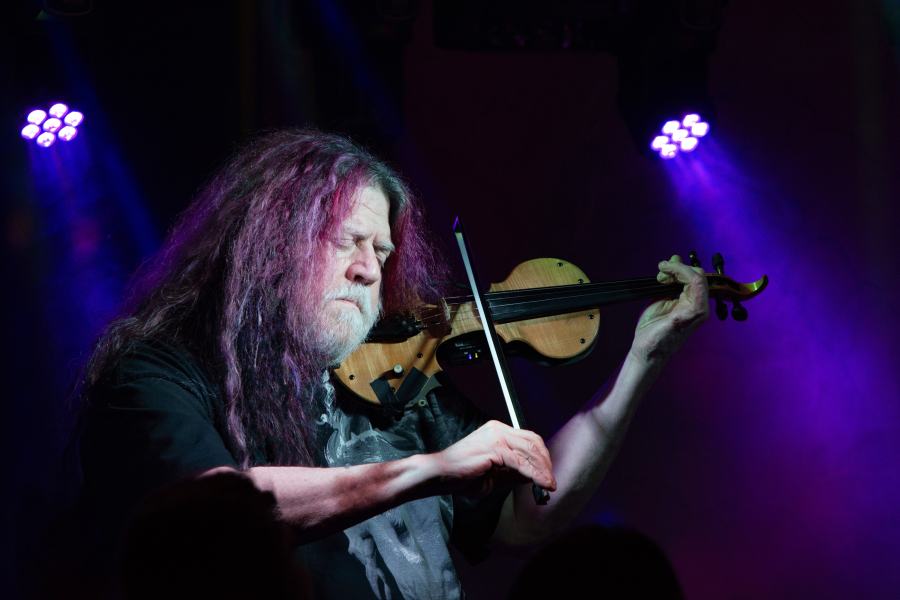
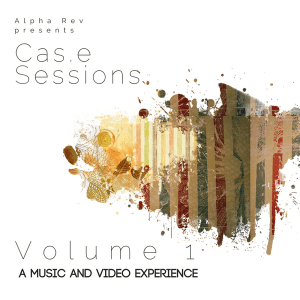

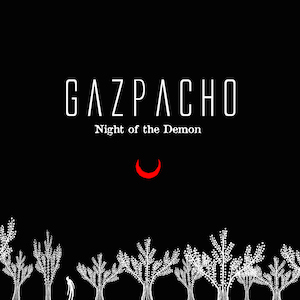 An outstanding performance by the boys from Norway. Even through tricky time signatures that require lockstep coordination of playing, Gazpacho delivers an emotional and beautiful show. Jan Henrik Ohme’s vocals are spellbinding – delicate and tremulous one minute, powerful and commanding the next. While he’s caressing the microphone, his bandmates play their hearts out. Songs I thought I knew take on new meaning and accessibility. This set is a perfect introduction to someone curious about this somewhat enigmatic and definitely magical group.
An outstanding performance by the boys from Norway. Even through tricky time signatures that require lockstep coordination of playing, Gazpacho delivers an emotional and beautiful show. Jan Henrik Ohme’s vocals are spellbinding – delicate and tremulous one minute, powerful and commanding the next. While he’s caressing the microphone, his bandmates play their hearts out. Songs I thought I knew take on new meaning and accessibility. This set is a perfect introduction to someone curious about this somewhat enigmatic and definitely magical group. As light as Gazpacho is dark, Glass Hammer has been riding a high for the past few years – Ode To Echo and The Breaking Of The World are both instant classics. Double Live features the best cuts from those albums, as well as a terrific rendition of the epic “The Knight Of The North”. Steve Babb and Fred Schendel have been together so long they are telepathic onstage. Aaron Raulston is excellent on drums while Kamran Alan Shikoh has matured into an astonishingly inventive guitarist. Carl Groves is the best male vocalist GH has ever had, and Susie Bogdanowicz steals the show with her performance. No fancy camera work here – the music and performance are strong enough to speak for themselves.
As light as Gazpacho is dark, Glass Hammer has been riding a high for the past few years – Ode To Echo and The Breaking Of The World are both instant classics. Double Live features the best cuts from those albums, as well as a terrific rendition of the epic “The Knight Of The North”. Steve Babb and Fred Schendel have been together so long they are telepathic onstage. Aaron Raulston is excellent on drums while Kamran Alan Shikoh has matured into an astonishingly inventive guitarist. Carl Groves is the best male vocalist GH has ever had, and Susie Bogdanowicz steals the show with her performance. No fancy camera work here – the music and performance are strong enough to speak for themselves. This is a fine collection of Spock’s Beard tracks. The first disc features the best of the “Neal Morse Years”, while disc two has six tracks from Beard versions 2 and 3 (featuring Nick D’Virgilio and Ted Leonard) and a new epic featuring a big reunion of everyone. You might think that losing your lead vocalist and sole songwriter would mean the end of a band, but the Beard is nothing if not resilient. The songs from the post-Morse era certainly hold their own against anything from the first six albums. I wish they had included “The Great Nothing”, but there’s only so much space on a compact disc! Of course, long-time Beard fans want to know how the new epic, “Falling Forever” stacks up. To my ears, it’s a pleasant listen, but not particularly memorable. It’s clear that Neal’s path has diverged from the Beard’s, and each camp has its own strengths that don’t necessarily mesh into a powerful whole anymore. The DVD features performances from 1997’s Progfest interspersed with contemporary interviews of the band. It’s illuminating for the hardcore fan, but not essential.
This is a fine collection of Spock’s Beard tracks. The first disc features the best of the “Neal Morse Years”, while disc two has six tracks from Beard versions 2 and 3 (featuring Nick D’Virgilio and Ted Leonard) and a new epic featuring a big reunion of everyone. You might think that losing your lead vocalist and sole songwriter would mean the end of a band, but the Beard is nothing if not resilient. The songs from the post-Morse era certainly hold their own against anything from the first six albums. I wish they had included “The Great Nothing”, but there’s only so much space on a compact disc! Of course, long-time Beard fans want to know how the new epic, “Falling Forever” stacks up. To my ears, it’s a pleasant listen, but not particularly memorable. It’s clear that Neal’s path has diverged from the Beard’s, and each camp has its own strengths that don’t necessarily mesh into a powerful whole anymore. The DVD features performances from 1997’s Progfest interspersed with contemporary interviews of the band. It’s illuminating for the hardcore fan, but not essential. Phenomenal growth from this band. As mentioned in the interviews included in the Blu-ray, the first album had the members somewhat tentative about critiquing each other, while during the recording of Second Flight they were much more collaborative. This is set is a terrific performance that showcases the talents of each member. Casey McPherson is a very confident frontman, and an amazing vocalist. Steve Morse’s guitar work is jaw-dropping good, and Dave LaRue almost steals the show with his bass solos. Mike Portnoy is, as usual, controlled chaos on the drums. Neal Morse plays more of a supporting role in this group, keeping in the background for the most part. “Cosmic Symphony” and “Mask Machine” are highlights, while the segue from “Colder Months” into “Peaceful Harbor” is one of the most beautiful musical moments I’ve ever heard. The quality of the Blu-ray is top-notch, both in sound and video. An excellent choice for the prog fan who enjoys the likes of Boston, or even classic Journey.
Phenomenal growth from this band. As mentioned in the interviews included in the Blu-ray, the first album had the members somewhat tentative about critiquing each other, while during the recording of Second Flight they were much more collaborative. This is set is a terrific performance that showcases the talents of each member. Casey McPherson is a very confident frontman, and an amazing vocalist. Steve Morse’s guitar work is jaw-dropping good, and Dave LaRue almost steals the show with his bass solos. Mike Portnoy is, as usual, controlled chaos on the drums. Neal Morse plays more of a supporting role in this group, keeping in the background for the most part. “Cosmic Symphony” and “Mask Machine” are highlights, while the segue from “Colder Months” into “Peaceful Harbor” is one of the most beautiful musical moments I’ve ever heard. The quality of the Blu-ray is top-notch, both in sound and video. An excellent choice for the prog fan who enjoys the likes of Boston, or even classic Journey.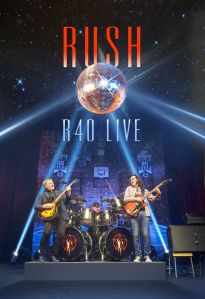 Which brings us to the big release of the year: Rush’s R40 Live. I have every live DVD Rush has released, and this isn’t the best performance. But there is something so special about this show that it will probably be the one I return to most often. There were times I caught myself thinking, “Gosh. they are looking old!”, but then I had to remind myself they’ve given of themselves so generously for 40 years. 40 years! How many bands have kept the same lineup for that long, and are still talking to each other? ZZ Top is the only one that comes to mind. The fact that this show is from Toronto makes it even more moving.
Which brings us to the big release of the year: Rush’s R40 Live. I have every live DVD Rush has released, and this isn’t the best performance. But there is something so special about this show that it will probably be the one I return to most often. There were times I caught myself thinking, “Gosh. they are looking old!”, but then I had to remind myself they’ve given of themselves so generously for 40 years. 40 years! How many bands have kept the same lineup for that long, and are still talking to each other? ZZ Top is the only one that comes to mind. The fact that this show is from Toronto makes it even more moving.


